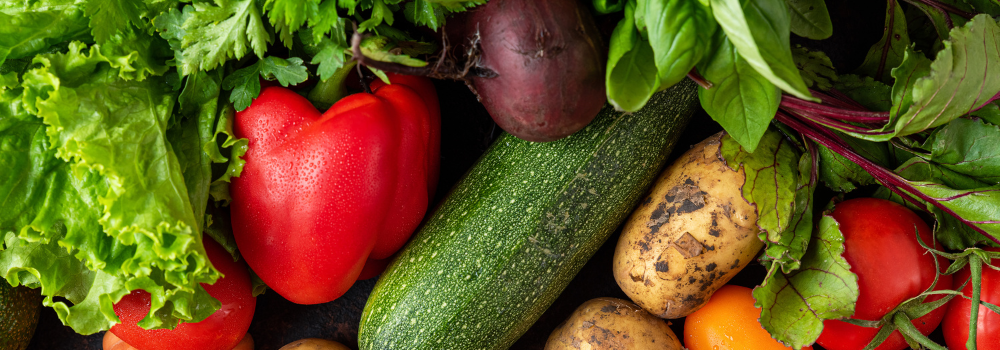Many of us gardeners have enjoyed some successes in the veggie patch this summer and look forward to continuing those successes come harvest time. However, this introduces a whole new host of challenges, as understanding when to harvest your favorite crops is crucial for ensuring maximum flavor and nutritional value. In this blog, we'll explore the optimal harvest periods for some of our most popular crops, along with essential tips on picking and handling your homegrown produce.
What Is the Best Time to Harvest Vegetables in Utah?
Ultimately, the best time to harvest your homegrown veggies will depend on multiple factors, including climate and crop type. These simple tips will help take out the guesswork so you can harvest the right way!
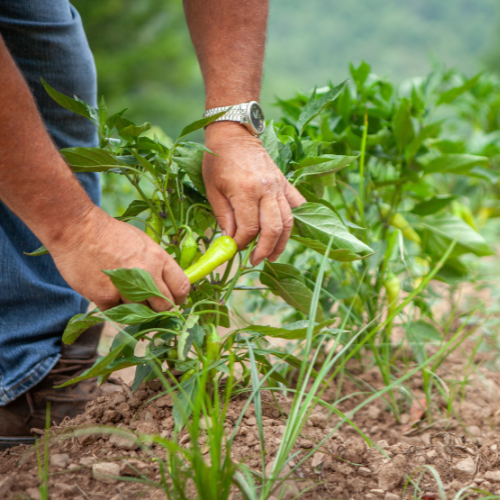
Peppers
Peppers are a staple crop in many daily dishes thanks to their vibrant colors and distinct flavors. For Salt Lake City gardeners, the ideal time to pick peppers typically falls between late summer and early fall, but the exact timing will depend on the variety you're cultivating. Regardless, it's best to wait for your peppers to reach their mature color—whether that be green, yellow, orange, or red—before harvesting. When you harvest your peppers, avoid pulling or tugging on them, as this can damage the plant. Instead, use sharp garden shears or a knife to carefully cut the peppers from the plant, leaving only a short stem attached. Finally, handle your harvested peppers carefully to prevent bruising or cuts that can lead to spoilage.

Tomatoes
Tomatoes are undoubtedly one of the most beloved crops in home gardens nationwide. In Utah, the prime time for tomato picking is between late summer and early fall. It's best to wait until your tomatoes are fully ripened on the vine before picking, as this ensures optimal texture and flavor. You'll know they're ready for harvest when they have a rich, vibrant color and yield slightly to gentle pressure when touched. To harvest tomato crops, hold the tomato firmly and twist it gently until it detaches from the stem. If you encounter any green or unripe tomatoes, you can let them ripen indoors by placing them in a paper bag with a ripe banana or apple.
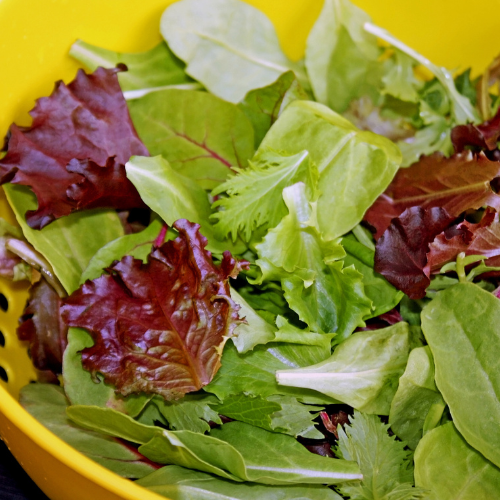
Lettuce
Lettuce is a cool-season crop that thrives in the milder temperatures of spring and fall, so the best time to pick it is right before the first hard frost. Lettuce is ready for harvest when the leaves are full-sized, just before they elongate and develop a bitter taste. When harvesting lettuce crops, use a clean, sharp knife to cut the leaves just above the soil level, taking care not to damage neighboring plants. For a continuous harvest, take only the outer leaves and leave the inner ones to keep growing.
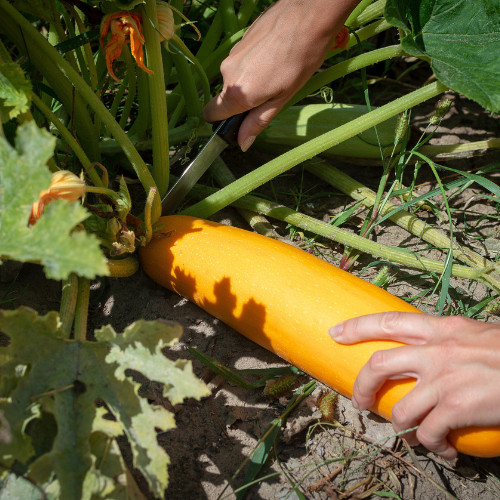
Squash
Squash varieties, including zucchini and yellow squash, are warm-weather crops that flourish in Utah's hot summer months. The ideal time to harvest squash is when they reach a manageable size and are still tender. For zucchini and other summer squashes, this typically occurs when they are around 6-8 inches long. When picking your squash crops, use a sharp knife to cut the fruit from the stem, leaving a short portion attached. Harvest your plants regularly to encourage them to produce more fruit throughout the growing season.
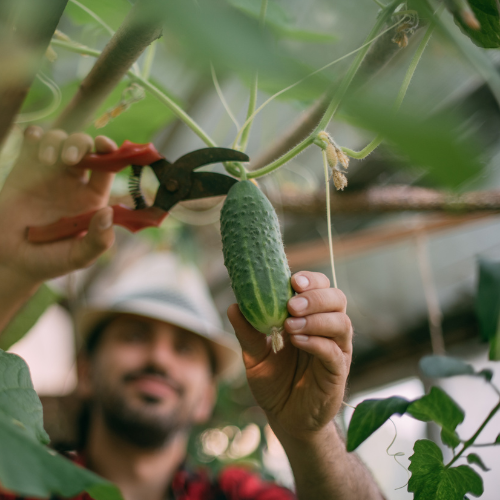
Cucumbers
Cucumbers, another popular warm-weather crop, thrive in the summer heat, and the best time to pick them is when they are firm, evenly colored, and have reached their mature size. Avoid letting them grow too large, as overripe cucumbers can be bitter and less flavorful. When harvesting cucumbers, use a pair of garden shears or a knife to cut the fruit from the vine, leaving only a small stem attached. Gently handle your freshly-harvested cucumber crops to avoid bruising, as they can quickly deteriorate once damaged.
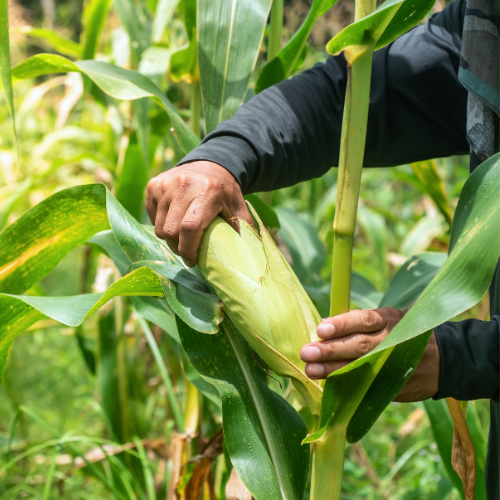
Corn
Corn is a classic summer crop that adds a delightfully sweet crunch to any dinner table and is typically ready for harvest in late summer, between July and August. The key to determining your corn's ripeness is to observe its ears; ripe corn will have green, snugly-wrapped husks and dry, brown silks. Once ripe, the easiest way to harvest your corn crops is to firmly hold the ear and twist it downward until it detaches from the stalk. We recommend eating homegrown corn within a few hours after it's been harvested for the freshest taste; however, you can also store it in the refrigerator to preserve its flavor and sweetness.
These tips and guidelines will help you ensure a bountiful and rewarding harvest year after year; however, remember that successfully harvesting crops isn't just about picking the right time! It's also important to know how to properly handle and store your freshly-grown produce to prolong its freshness. Luckily, we at Millcreek Gardens are here to help you out every step of the way, so roll up your sleeves, grab your gardening tools, and embark on a journey of taste and sustainability right in your own Salt Lake City backyard. Happy harvesting!


